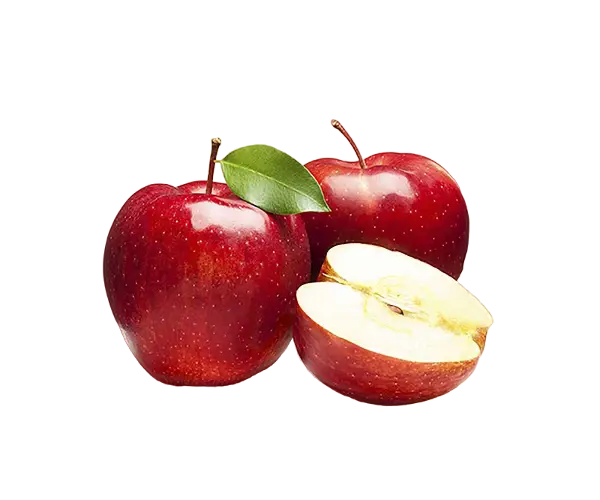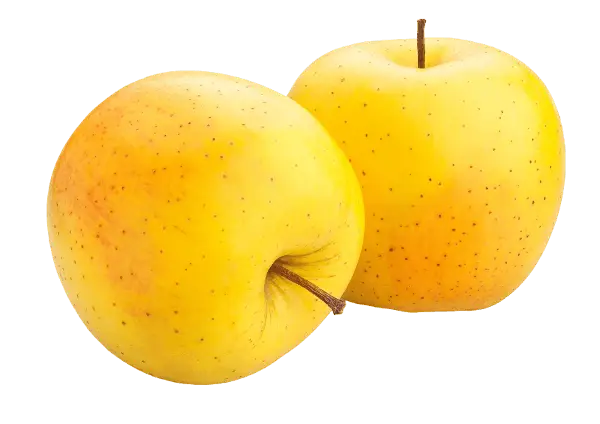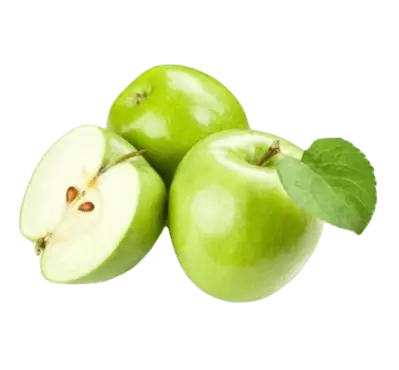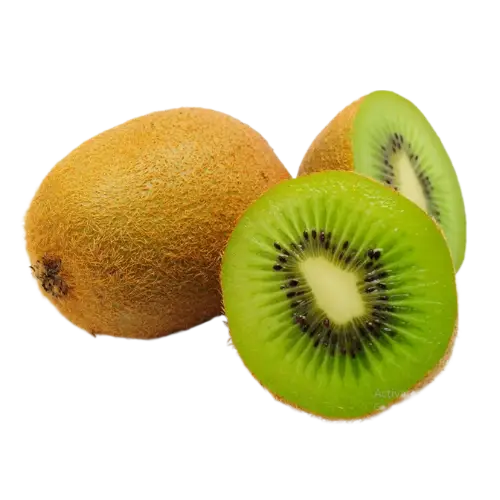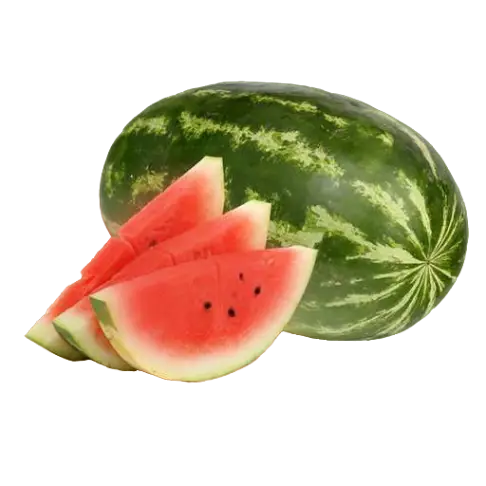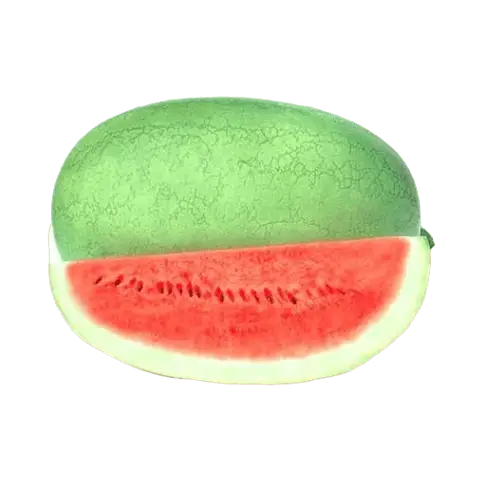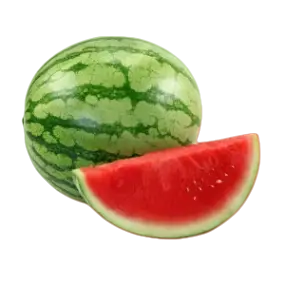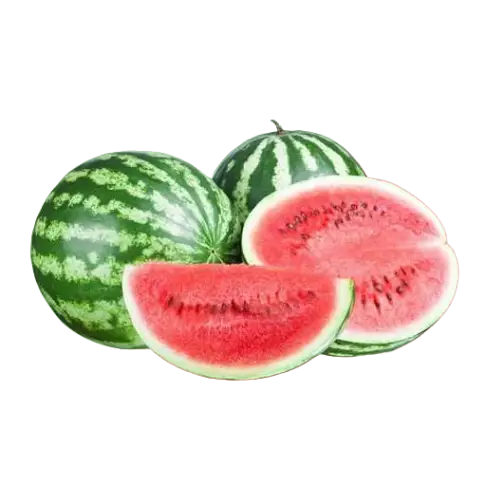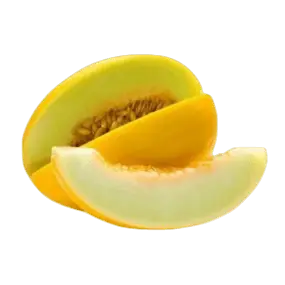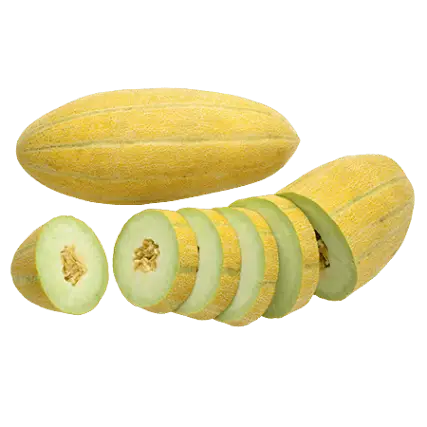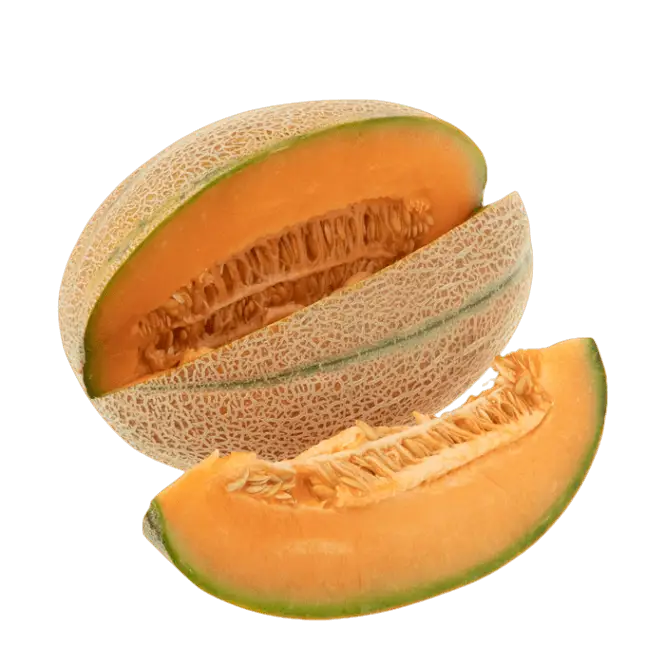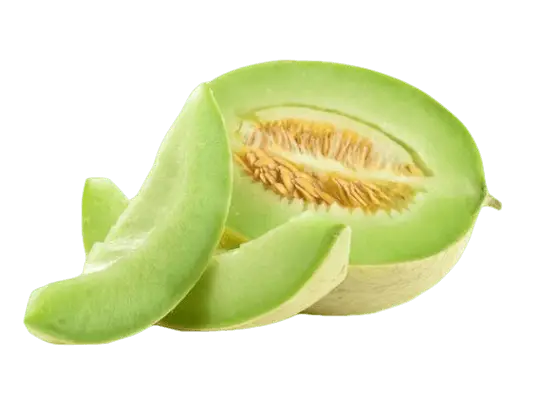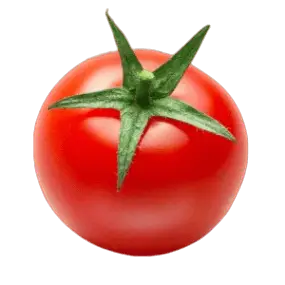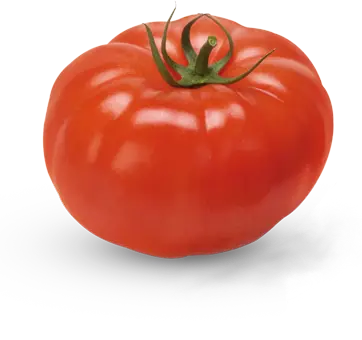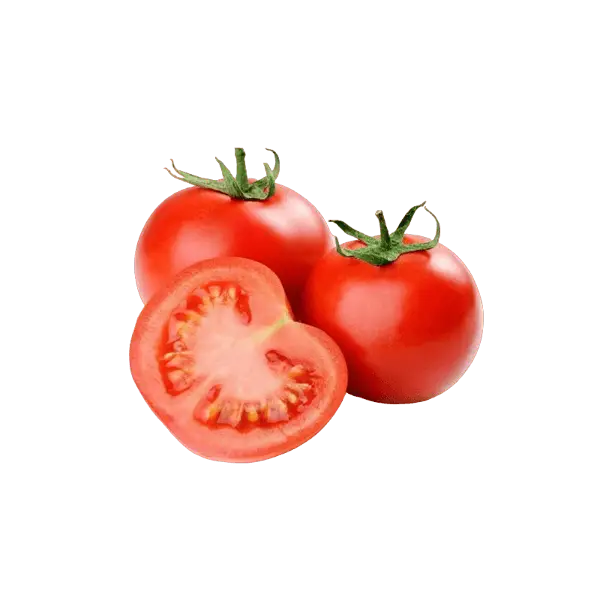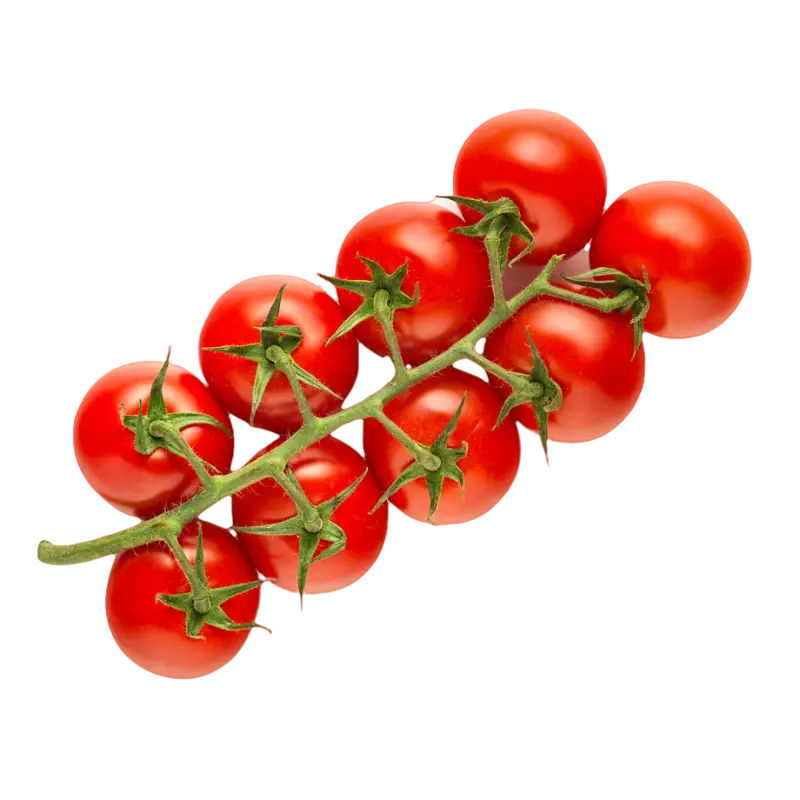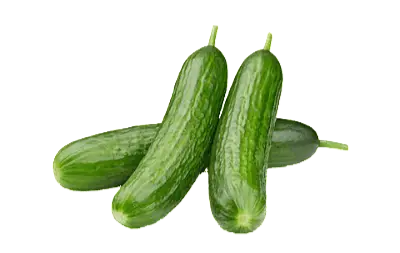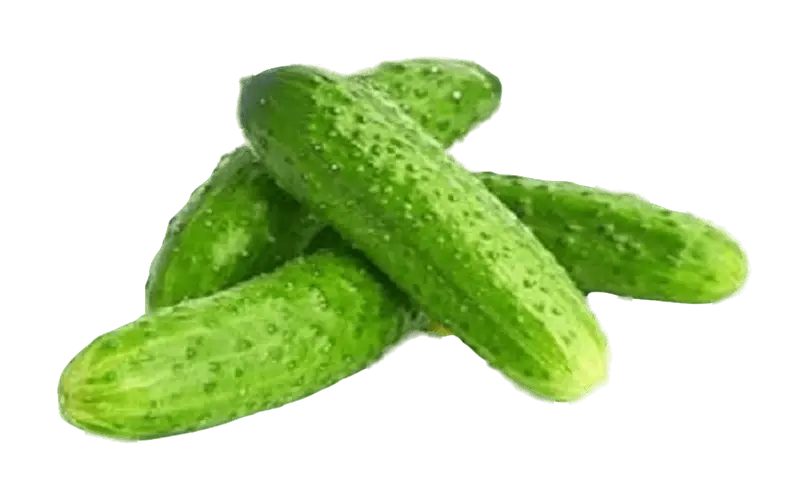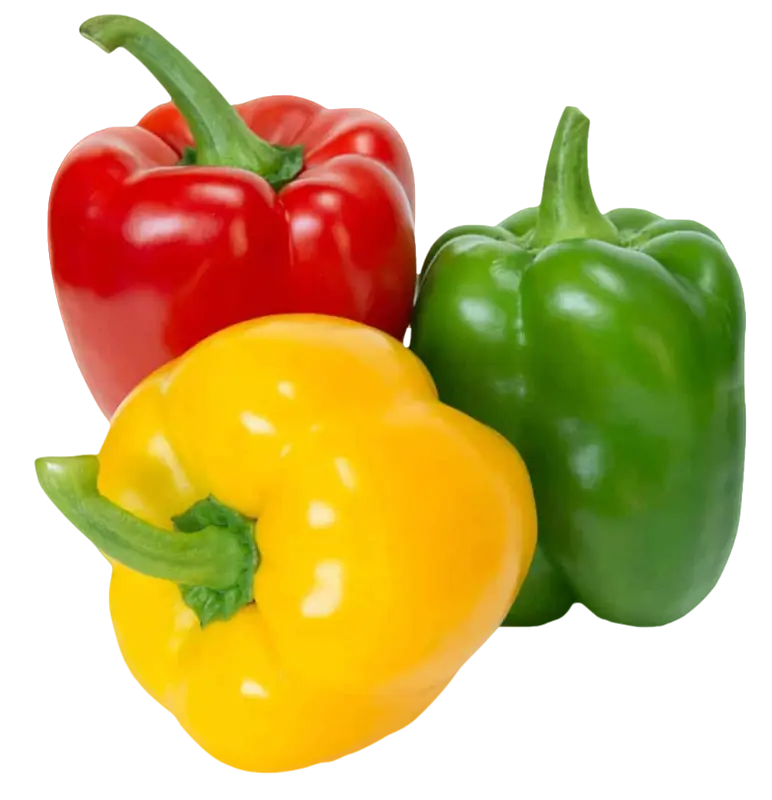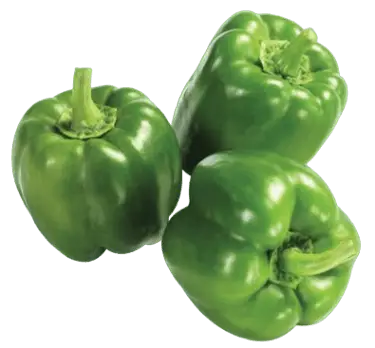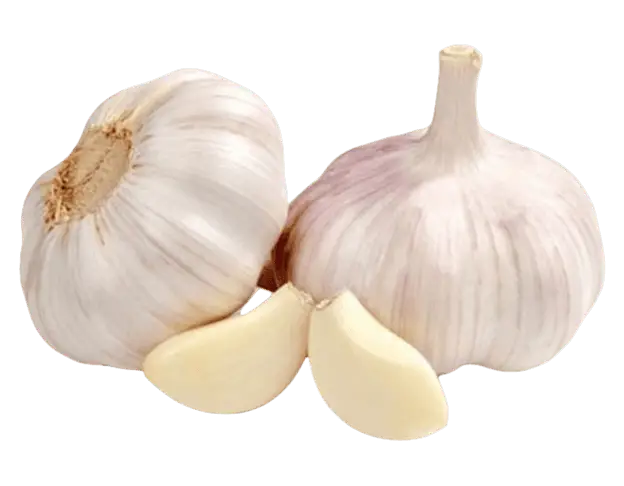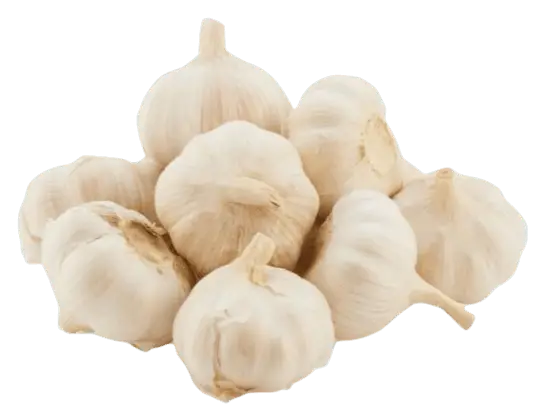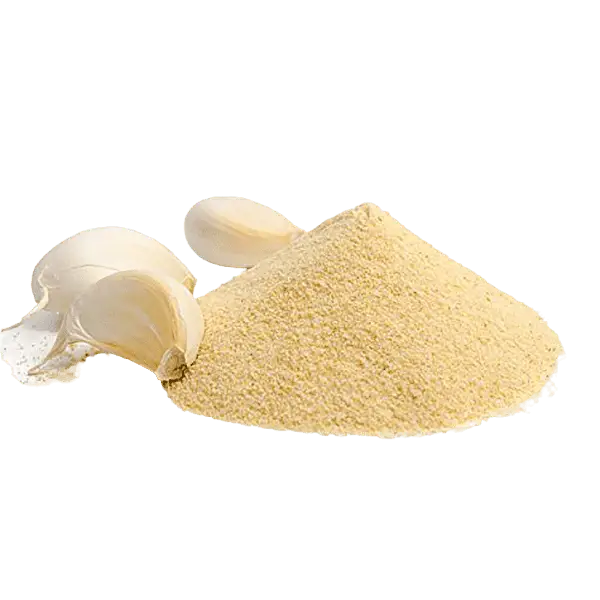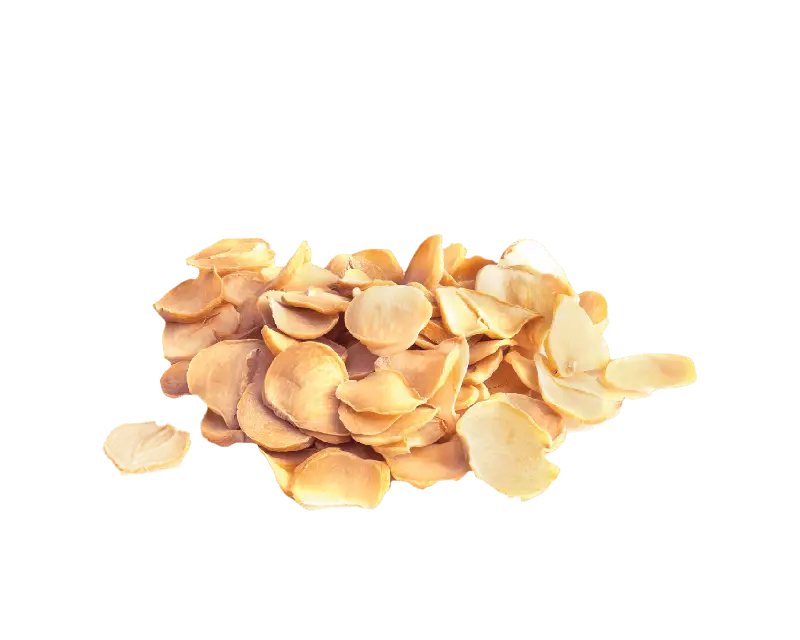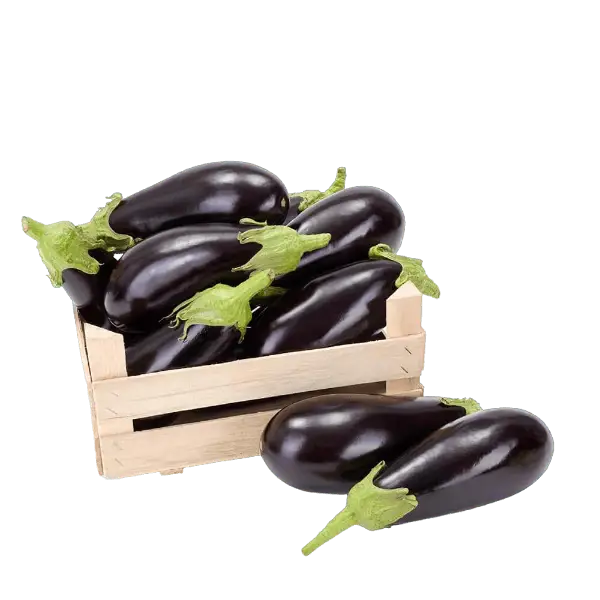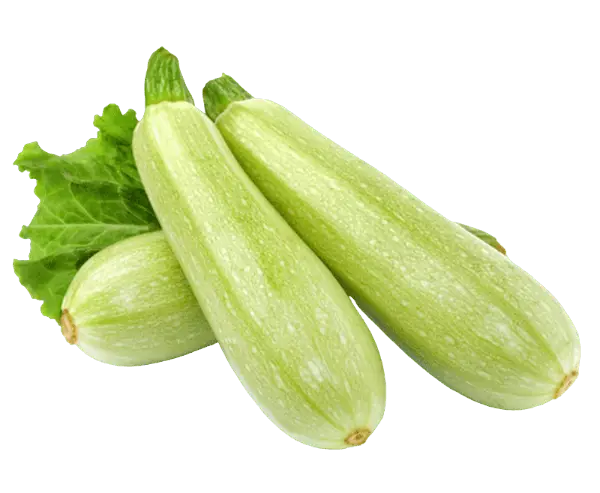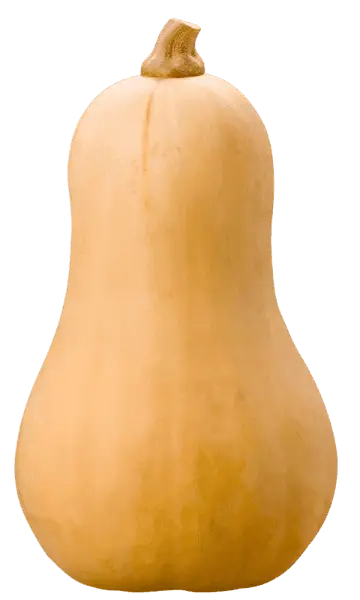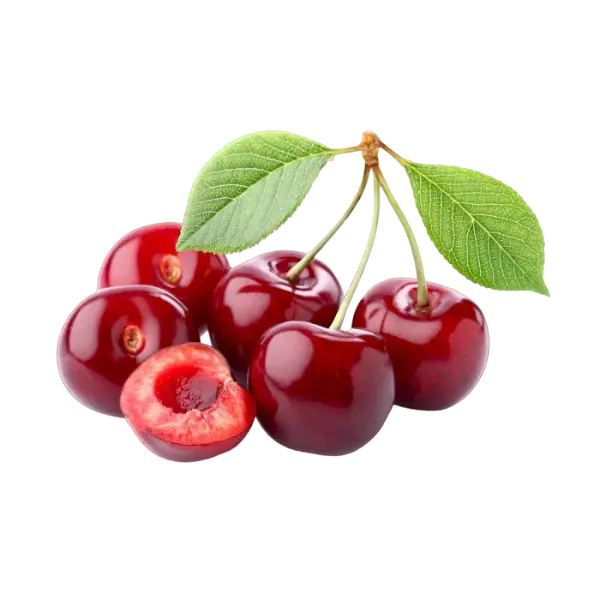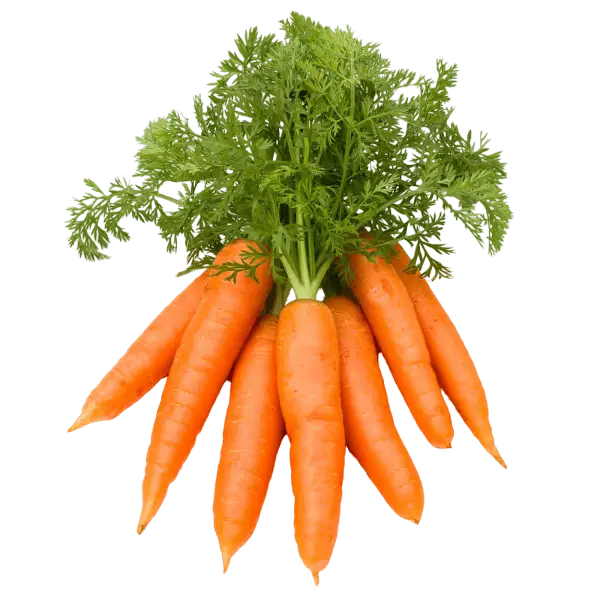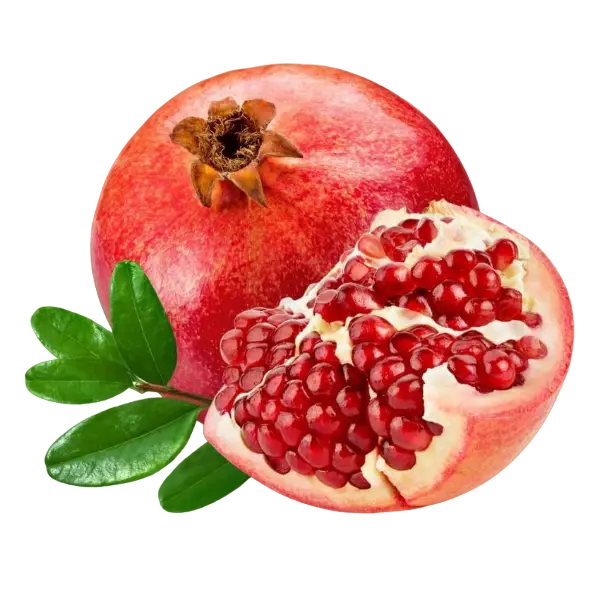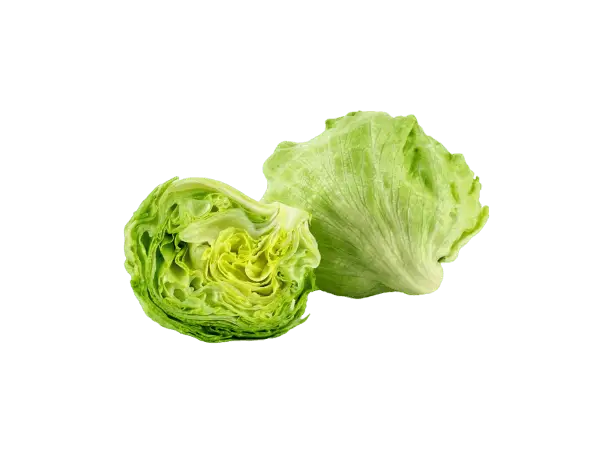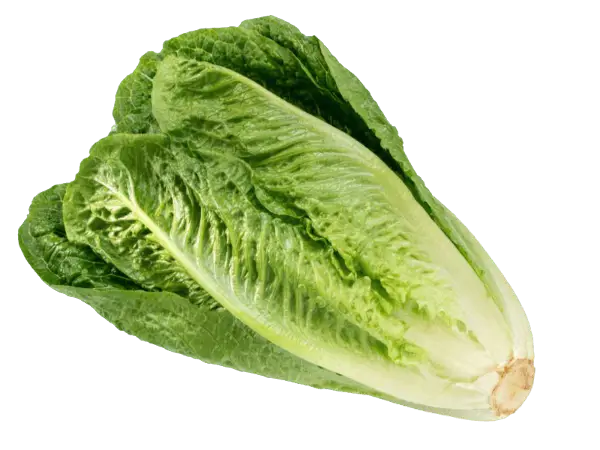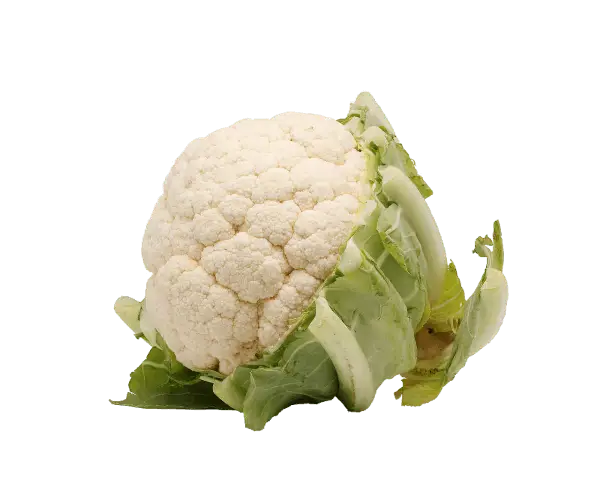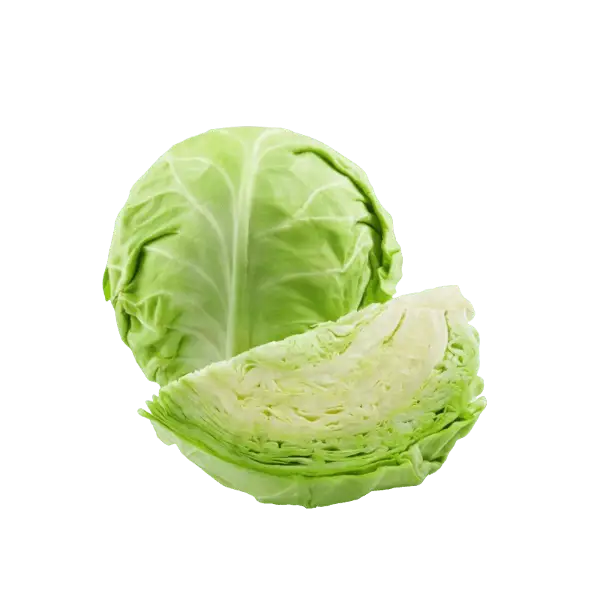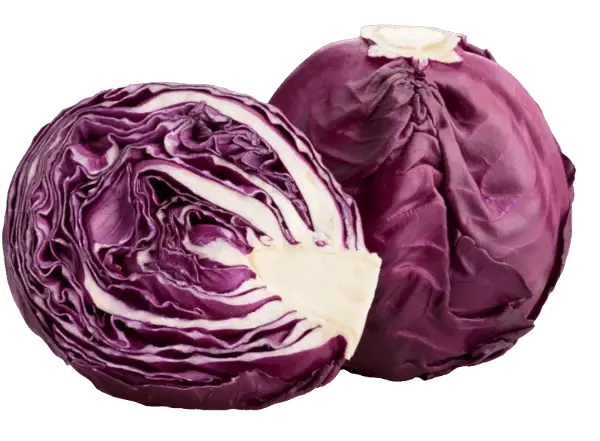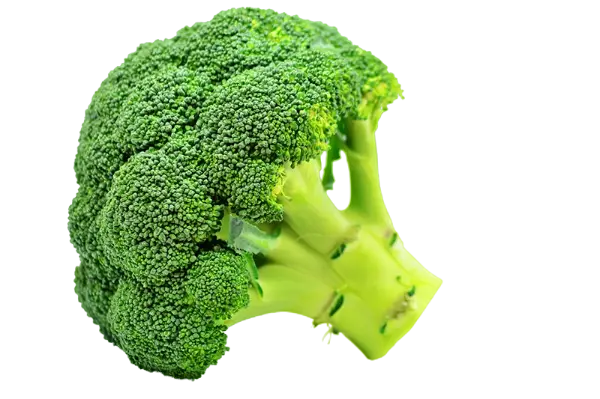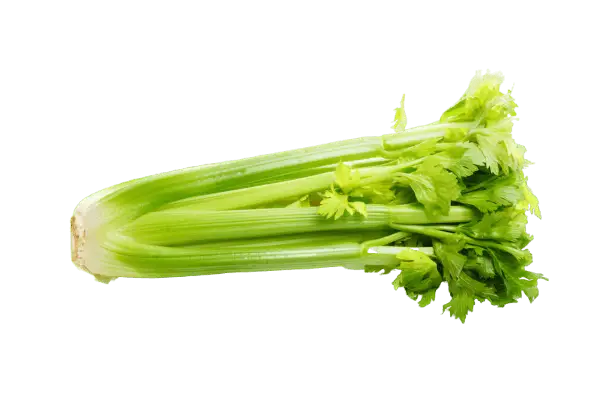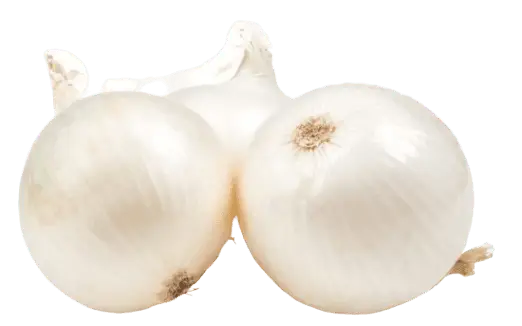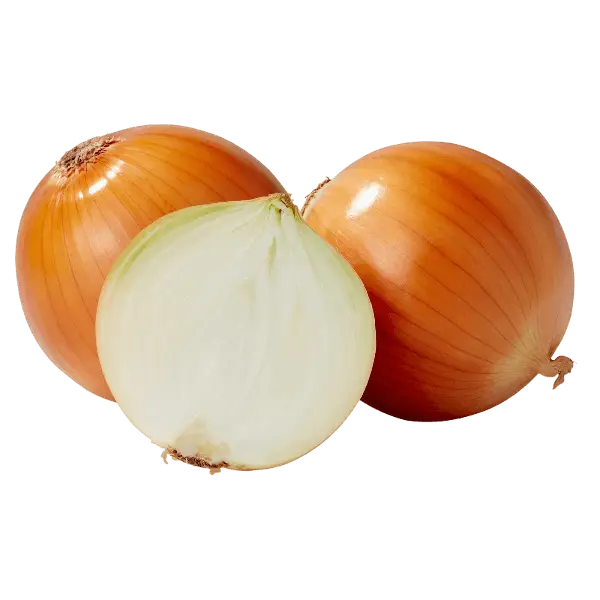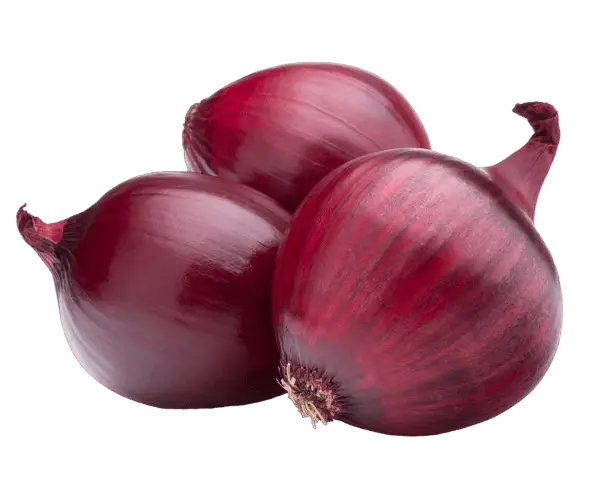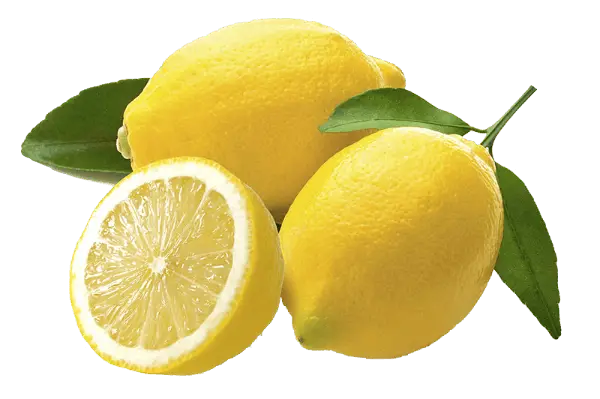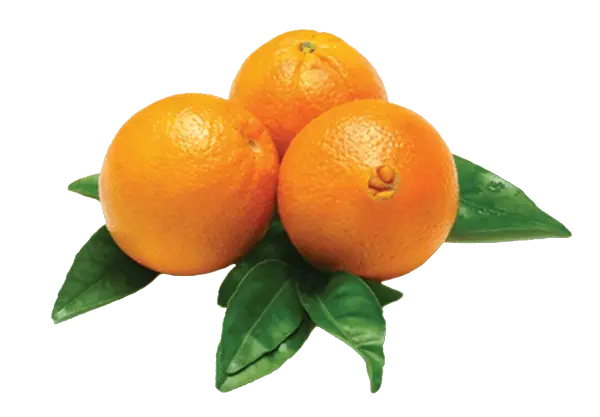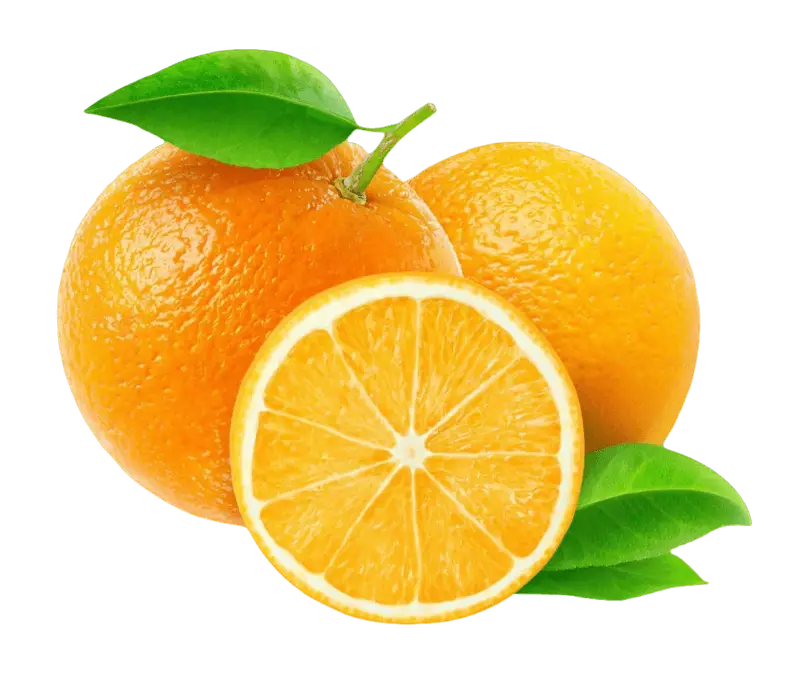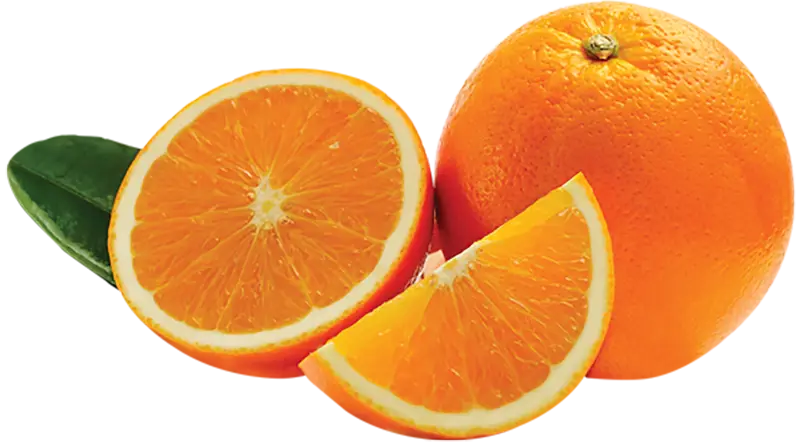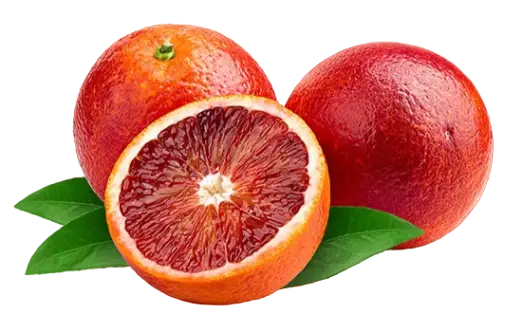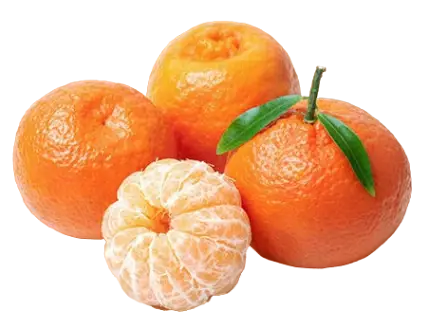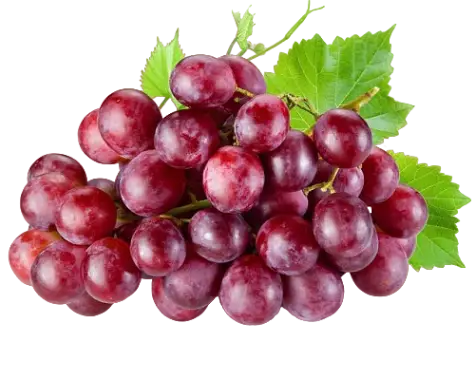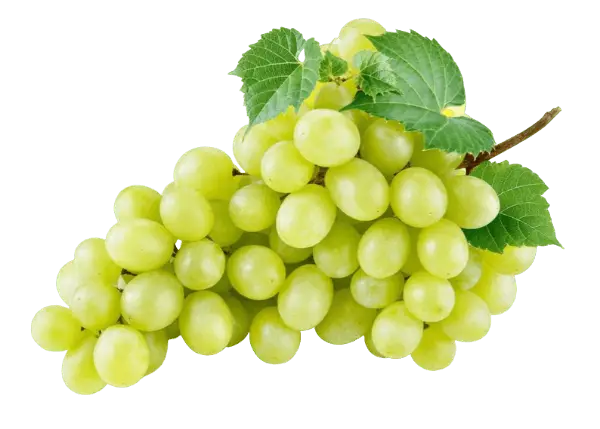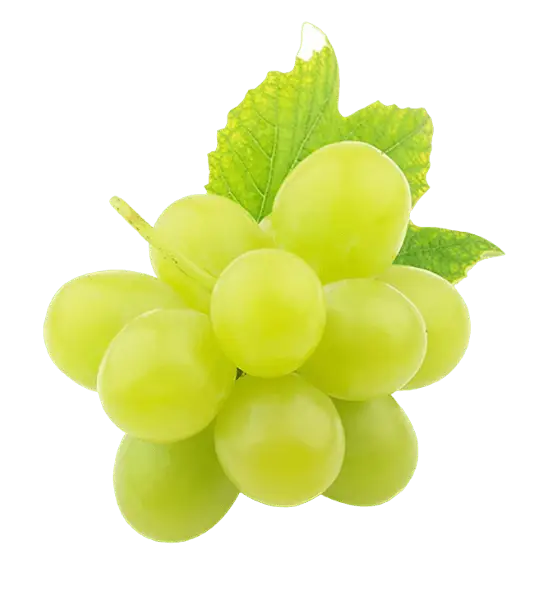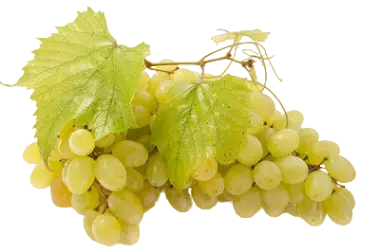Persian Shallot
Shallot plant with the scientific name Allium Hirtifolium belongs to the Liliaceae family. Shallot leaves are sliced pieces of shallot that are cut to a uniform thickness after washing, peeling and washing again and then dried. The Persian shallot, is an Asian species of onion native to central and southwestern Asia. It’s a culinary treasure that adds depth and character to dishes. These shallots grow from bulbs, which are typically 3 to 6 cm in diameter, covered in blackish, paper-like tunics. The basal leaves are broad, varying from green to greyish-green, and may have a touch of fuzziness. By the time the bulb flowers, the leaves usually wither. The flowering stems reach 60–150 cm (24–59 in) tall and bear umbels (clusters) of lilac to purple flowers. White forms also exist.
Product Technical Specifications:
Persian Shallot Technical Specifications | ||
No. | Characteristics | Measurement Limit |
1 | Taste and Smell | Natural It should be free from unpleasant odors caused by mold, rancidity or burning. |
2 | Maximum Weight Percentage of Moisture | 5 |
3 | Pest Infestation | Negative |
4 | Live Pest | Negative |
5 | Rottenness | Negative |
6 | Abnormal External Humidity | Negative |
7 | Fraction | Negative |
8 | Bad Shape | Negative |
9 | Bad Color | Negative |
10 | Frostbite | Negative |
Microbiology:
Microbiology of Persian Shallot | ||
No. | Characteristics | Measurement Limit (CFU/g) |
1 | Total Count of Microorganisms | 5*105 |
2 | Coliforms | 103 |
3 | Bacillus cereus | 102 |
4 | Clostridium perfringens | 102 |
5 | Mold | 5*103 |
6 | Parasite | Negative |
7 | Escherichia coli | Negative |
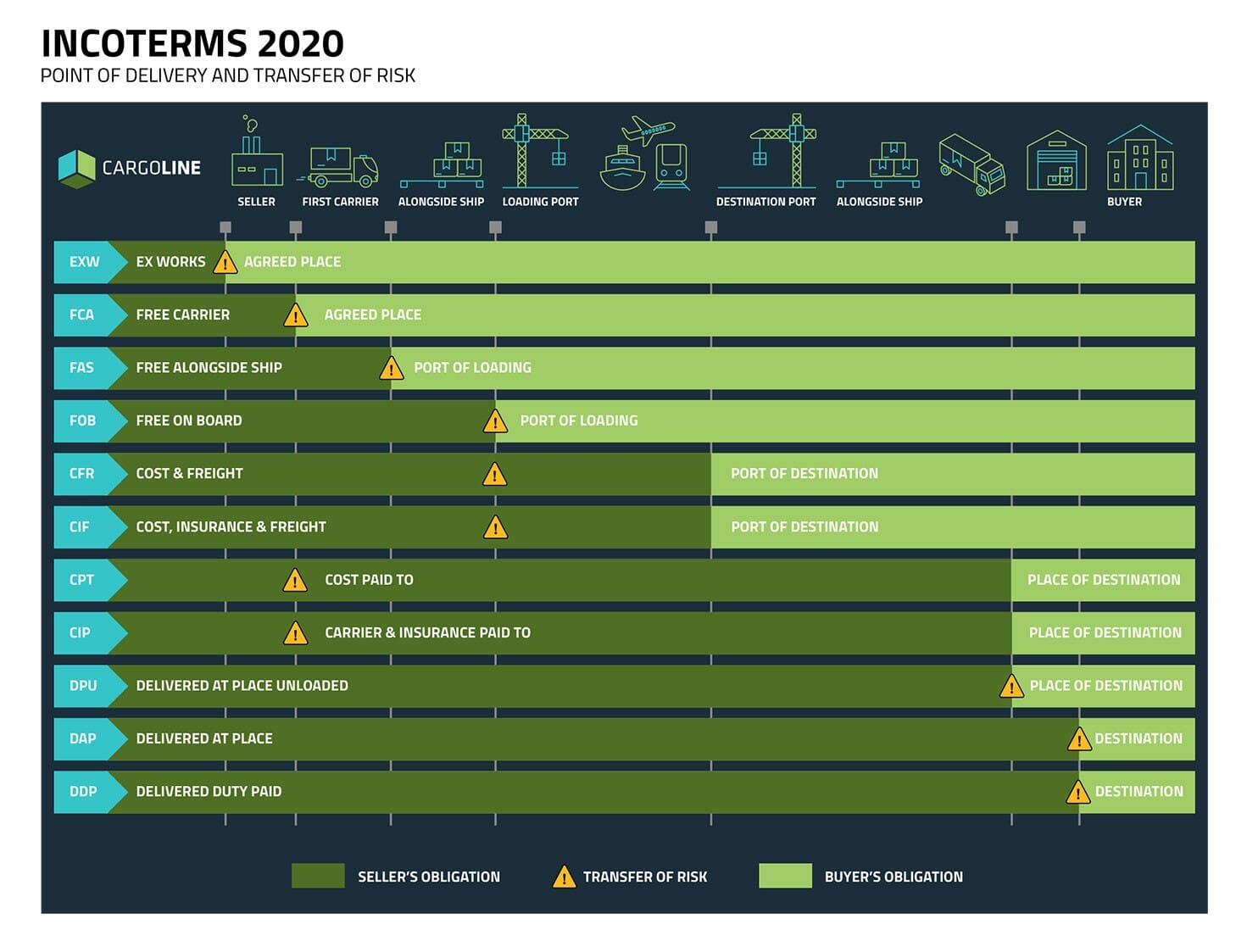
Storage Conditions: Persian Shallot should be stored in a dry and cool place. The proper storage temperature for Persian Shallot storage is 0 degrees Celsius. To ensure even temperature, air circulation must exist continuously.
Certifications:
- Iran National Standards Organization
- Iran Plant Protection Organization
- Standard of Good Agricultural Practices
- Organic Agricultural Products Certification
- physical, chemical and microbial analyzes from the most reliable laboratories
- HACCP
- ISO
- FSSC
- IFS
- SGS
- BRC

